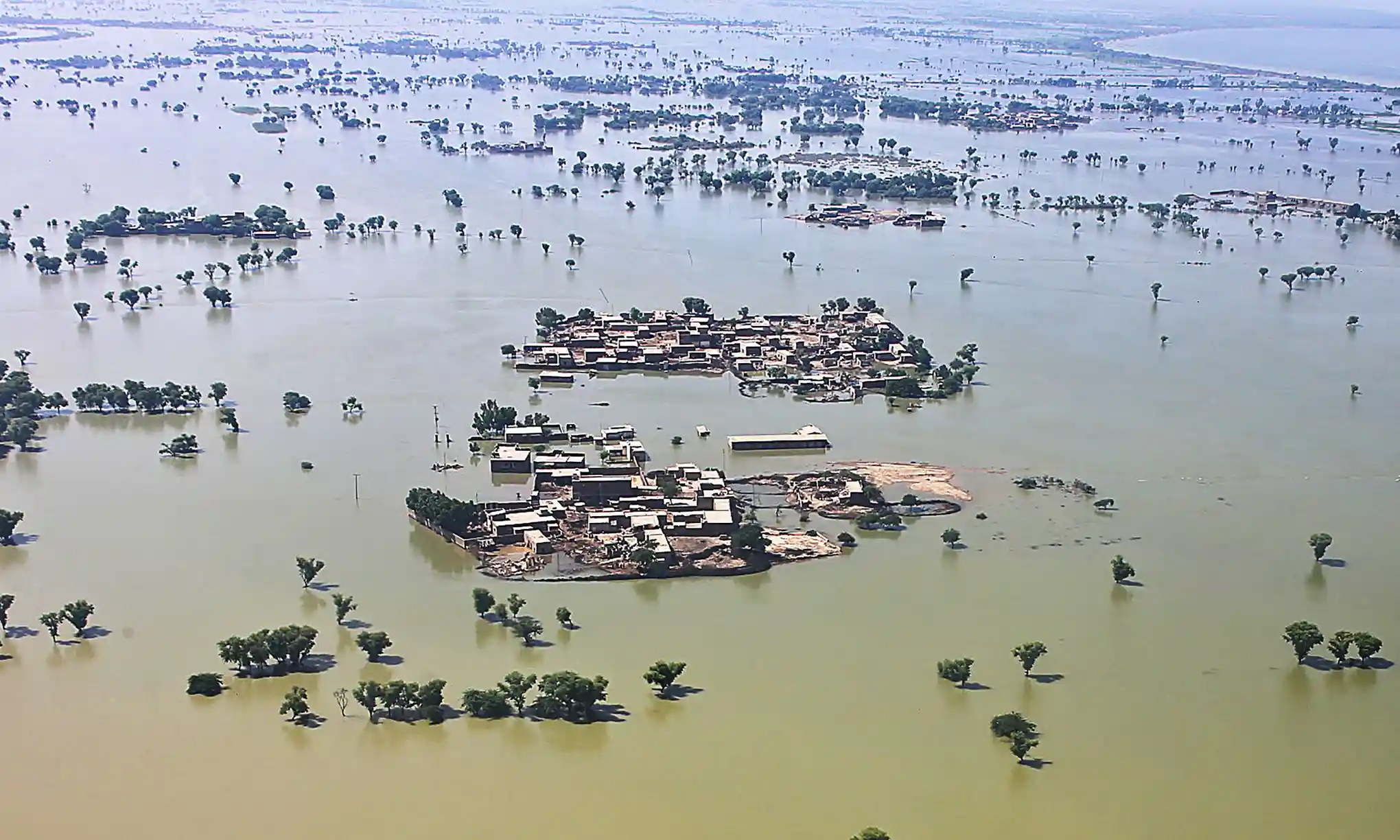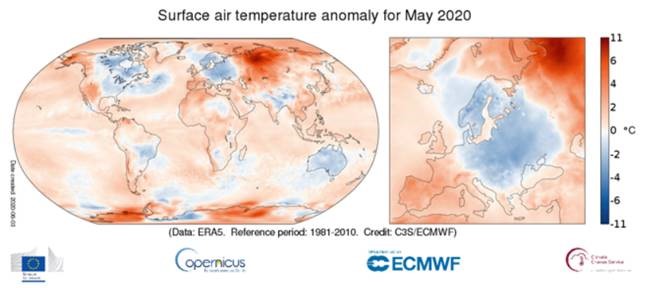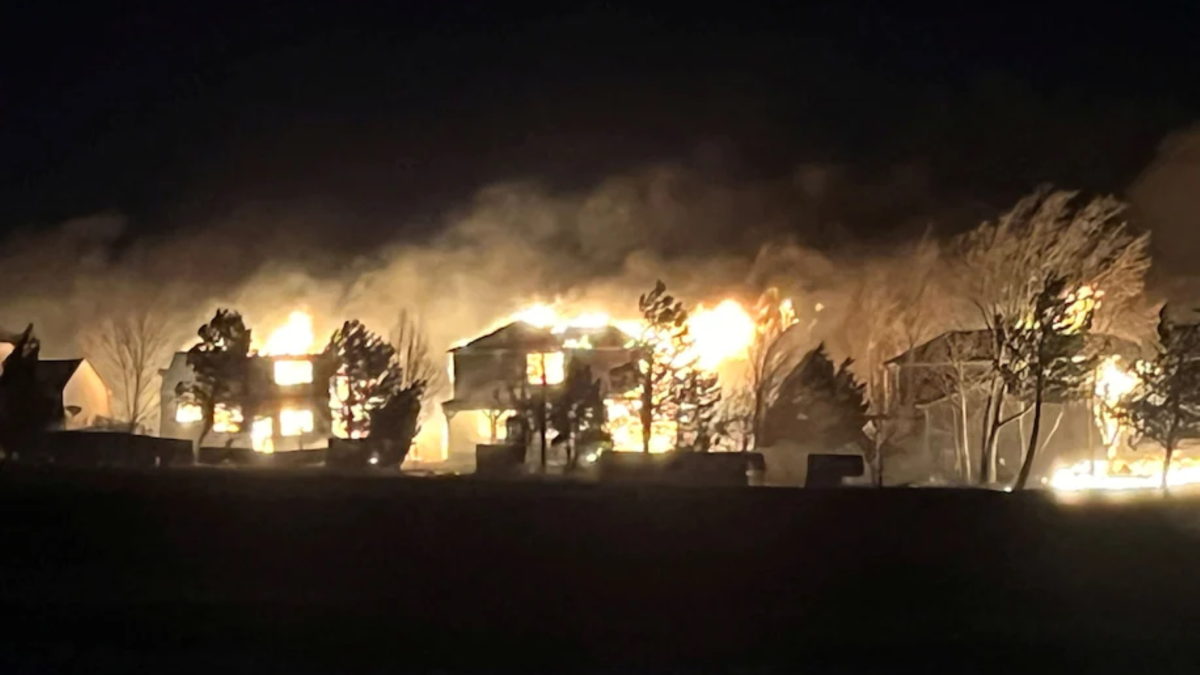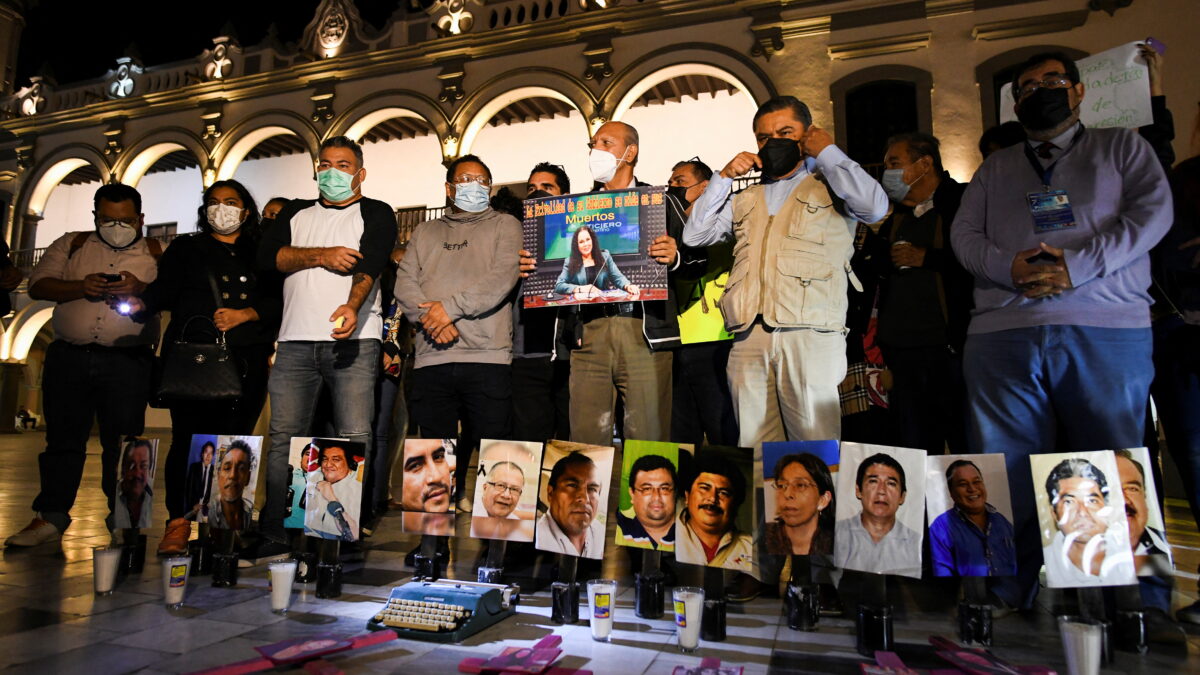Satellite images show one third of Pakistan underwater – “This is unprecedented in the history of Pakistan. In 22 years of my experience as a humanitarian aid worker, I never saw such destruction caused by floods.”

By Lizzy Davies
1 September 2022
(The Guardian) – Aid workers have appealed for urgent donations to fight the “absolutely devastating” impact of flooding in Pakistan, as new satellite images appeared to confirm that a third of the country is now underwater.
As the UK’s Disasters Emergency Committee (DEC) launched an appeal to raise funds for the 33 million people affected, the European Space Agency released stark images based on data captured by its Copernicus satellite.
Those pictures appear to confirm the Pakistani government’s assessment that more than a third of the country – an area roughly the size of the UK – has been submerged by monsoon rainfall, estimated to have been 10 times more severe than usual.
“The Indus River has overflowed, effectively creating a long lake, tens of kilometres wide,” Esa said in a statement.
The floods have claimed more than 1,100 lives, including 399 children, destroyed more than a million homes and swept away crops, livestock and major infrastructure such as roads and bridges.

On Thursday, Saleh Saeed, chief executive of the DEC, the umbrella organisation for 15 leading UK aid charities, implored the British public to help. “Time is critical, with conditions expected to get worse as the rains continue,” he said. “We are urging everyone: please give whatever you can.”
Maryam Imtiaz of Care Pakistan said it was clear the emergency was “not under control”. “The situation on the ground is absolutely devastating … We need as much help as we can get,” she added.
Aid workers are battling immense logistical challenges to get to millions of people in need, particularly in south-eastern Sindh province where the water level remains high. Even in areas where the water has slightly receded, aid distribution is complicated by damaged roads, cut power lines and blocked railways.
“[It] means aid agencies are struggling – it’s a challenge to get aid from A to B,” said Waseem Ahmad, CEO of Islamic Relief Worldwide. “And also the commodities that are available for relief agencies and people are going down [in quantity].”
Speaking from the north-western Khyber Pakhtunkhwa province, Ahmad said he had been in the country for the 2010 floods, which killed nearly 2,000 people, but this was worse.
“The situation … is absolutely chaos everywhere. People are on the roadside, waiting for humanitarian assistance, like water, food, shelter, and this is unprecedented in the history of Pakistan. In 22 years of my experience as [a] humanitarian aid worker, I never saw such destruction caused by floods.”
He had met a woman whose home and livestock had been washed away, he said. “She pointed to a place [that] used to be her home. I only could see water there. And that’s the scale of destruction that’s unfolding in Pakistan.” [more]
Urgent aid appeal launched as satellite images show a third of Pakistan underwater


